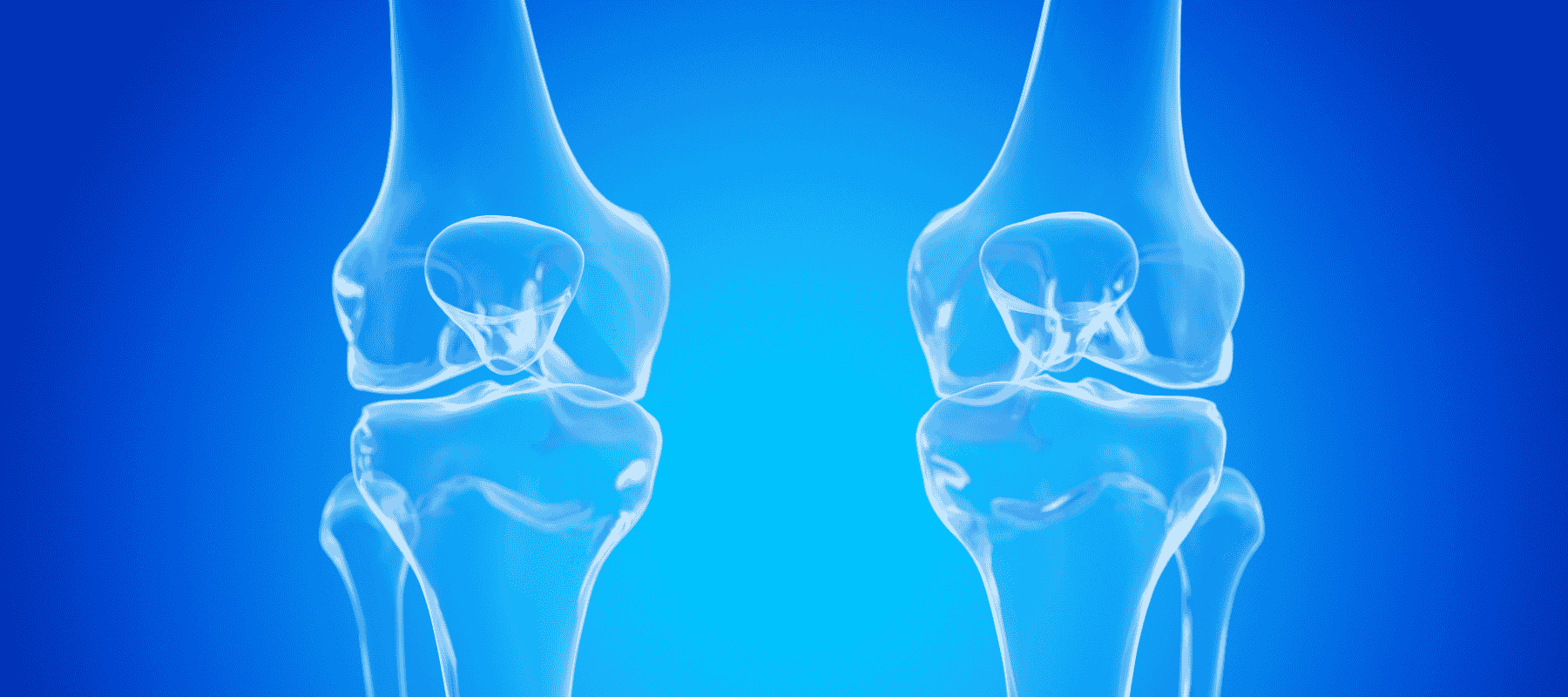Our bones and joints work tirelessly behind the scenes — supporting our bodies, protecting vital organs, and allowing us to move freely every day. Yet, they often go unnoticed until stiffness, discomfort, or weakness appear. Caring for your skeletal and joint health is one of the best investments you can make for long-term mobility and vitality.
Why Bone and Joint Health Matters
From your 30s onward, bone density naturally begins to decline. Likewise, years of physical activity, poor posture, or nutrient deficiencies can lead to joint wear and tear. Without the right support, this can increase the risk of issues such as osteoporosis or arthritis later in life.
But the good news? With a few smart lifestyle choices, you can protect and strengthen your bones and joints at any age.
1. Nourish from Within
Your diet plays a crucial role in maintaining strong bones and supple joints. Here are key nutrients to focus on:
- Calcium – The cornerstone of bone structure. Found in dairy, leafy greens, tofu, almonds, and fortified plant milks.
- Vitamin D – Helps your body absorb calcium efficiently. Get it from sunlight, fatty fish, eggs, or fortified foods.
- Magnesium and Zinc – Support bone density and repair. Nuts, seeds, and whole grains are great sources.
- Collagen and Vitamin C – Collagen gives joints flexibility, while Vitamin C supports its production. Citrus fruits, berries, and bell peppers are rich in Vitamin C.
- Omega-3 Fatty Acids – Found in flaxseeds, walnuts, and fish, these healthy fats help ease joint stiffness and inflammation.
2. Keep Moving
Regular exercise keeps bones strong and joints flexible. The key is balance: too little activity can weaken your muscles, while overuse can cause strain. Try incorporating:
- Weight-bearing exercises like walking, hiking, or dancing to improve bone density.
- Strength training to enhance muscle support around joints.
- Flexibility workouts such as yoga or Pilates to maintain range of motion.
Even small, consistent movements make a difference over time.
3. Maintain a Healthy Weight
Excess weight puts added pressure on joints, especially in the knees, hips, and lower back. Maintaining a balanced diet and active lifestyle can reduce joint stress and lower the risk of chronic pain.
4. Stay Hydrated
Cartilage — the cushioning tissue in your joints — is mostly made of water. Proper hydration helps keep it lubricated and reduces friction between bones, making movement smoother and more comfortable.
5. Support Recovery and Rest
Sleep and rest are often underestimated when it comes to bone and joint health. During deep sleep, your body repairs tissues and regenerates bone. Ensure you’re getting 7–8 hours of quality rest every night.
6. Don’t Ignore Early Signs
Mild joint stiffness, clicking sounds, or reduced flexibility may be early warning signs. Paying attention to these signals allows you to take preventive steps before minor discomfort becomes a chronic issue.
The Bottom Line
Healthy bones and joints are essential for an active, independent life. With a balanced diet, regular exercise, and mindful self-care, you can keep your body strong and resilient — no matter your age.
Start small, stay consistent, and your bones and joints will thank you in every step, stretch, and stride.


